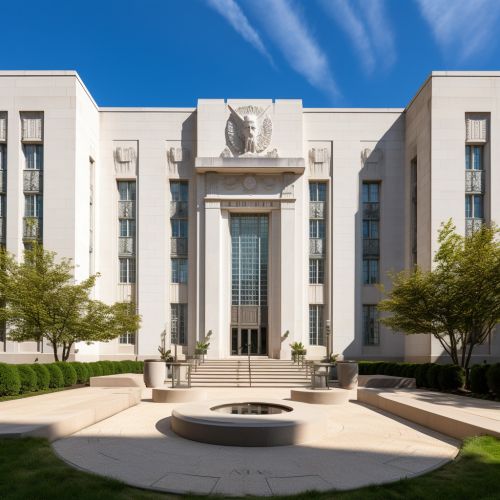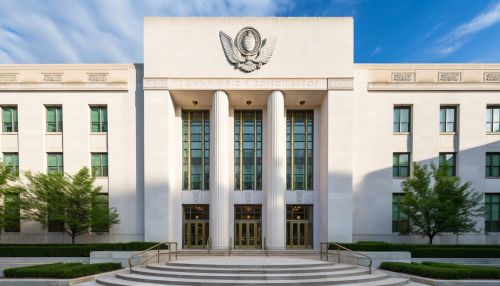U.S. Department of Agriculture
History
The U.S. Department of Agriculture (USDA) was established by President Abraham Lincoln in 1862. Lincoln called it the "people's department," as it was meant to support, protect, and promote the nation's farmers, who made up half of the population at the time. The USDA was elevated to a Cabinet-level agency by President Grover Cleveland in 1889.
Mission and Goals
The USDA's mission is to "provide leadership on food, agriculture, natural resources, rural development, nutrition, and related issues based on public policy, the best available science, and effective management." The department has seven strategic goals to guide its work: ensure USDA programs are delivered efficiently, effectively, with integrity and a focus on customer service; maximize the ability of American agricultural producers to prosper by feeding and clothing the world; promote agricultural production and biotechnology exports as America works to increase food security; ensure that all of America's children have access to safe, nutritious, and balanced meals; support rural prosperity; improve forest system sustainability; and provide all of America a safe, secure, and nutritious food supply while maintaining good stewardship of the natural resources that provide us with our meals.
Organization
The USDA is made up of 29 agencies and offices, each with a specific role and responsibility. These include the Agricultural Research Service, the Forest Service, the Food Safety and Inspection Service, the National Institute of Food and Agriculture, the Rural Development office, and the Natural Resources Conservation Service, among others. The department is led by the Secretary of Agriculture, who is a member of the President's Cabinet.
Programs and Services
The USDA offers a wide range of programs and services related to food, agriculture, natural resources, and rural development. These include crop insurance programs, conservation programs, disaster assistance programs, farm loan programs, food safety programs, nutrition assistance programs, and rural development programs. The department also conducts research and provides data on agriculture, food, the environment, and rural economics.
Impact and Influence
The USDA has a significant impact on all Americans, not just those in rural areas or those involved in agriculture. The department's work affects food prices, environmental quality, the safety of the food supply, the health and nutrition of children, and the vitality of rural communities. The USDA also plays a key role in international trade, supporting U.S. agricultural exports and helping to ensure global food security.
Controversies and Criticisms
Over the years, the USDA has faced various controversies and criticisms. These have included allegations of discrimination, concerns about the effectiveness of its programs, debates over its role in promoting certain types of agriculture, and questions about its handling of food safety issues. Despite these challenges, the USDA continues to play a crucial role in supporting the nation's agricultural sector and ensuring the well-being of all Americans.
See Also
- Agriculture in the United States
- Food policy in the United States
- Rural development in the United States


